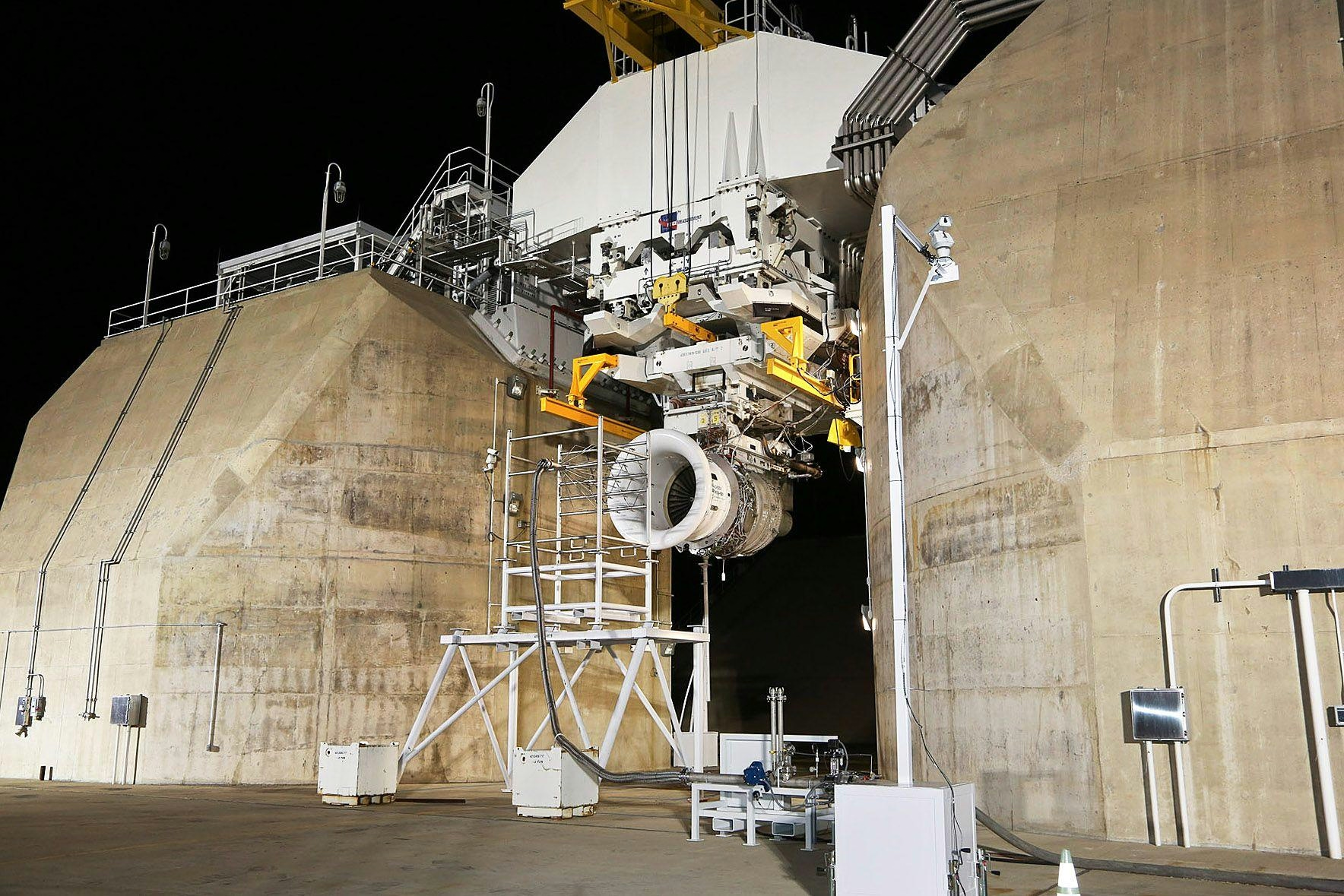
AeroGenie — Votre copilote intelligent.
Tendances
Categories
Additive Manufacturing Transforms the Aviation Titanium Alloy Supply Chain
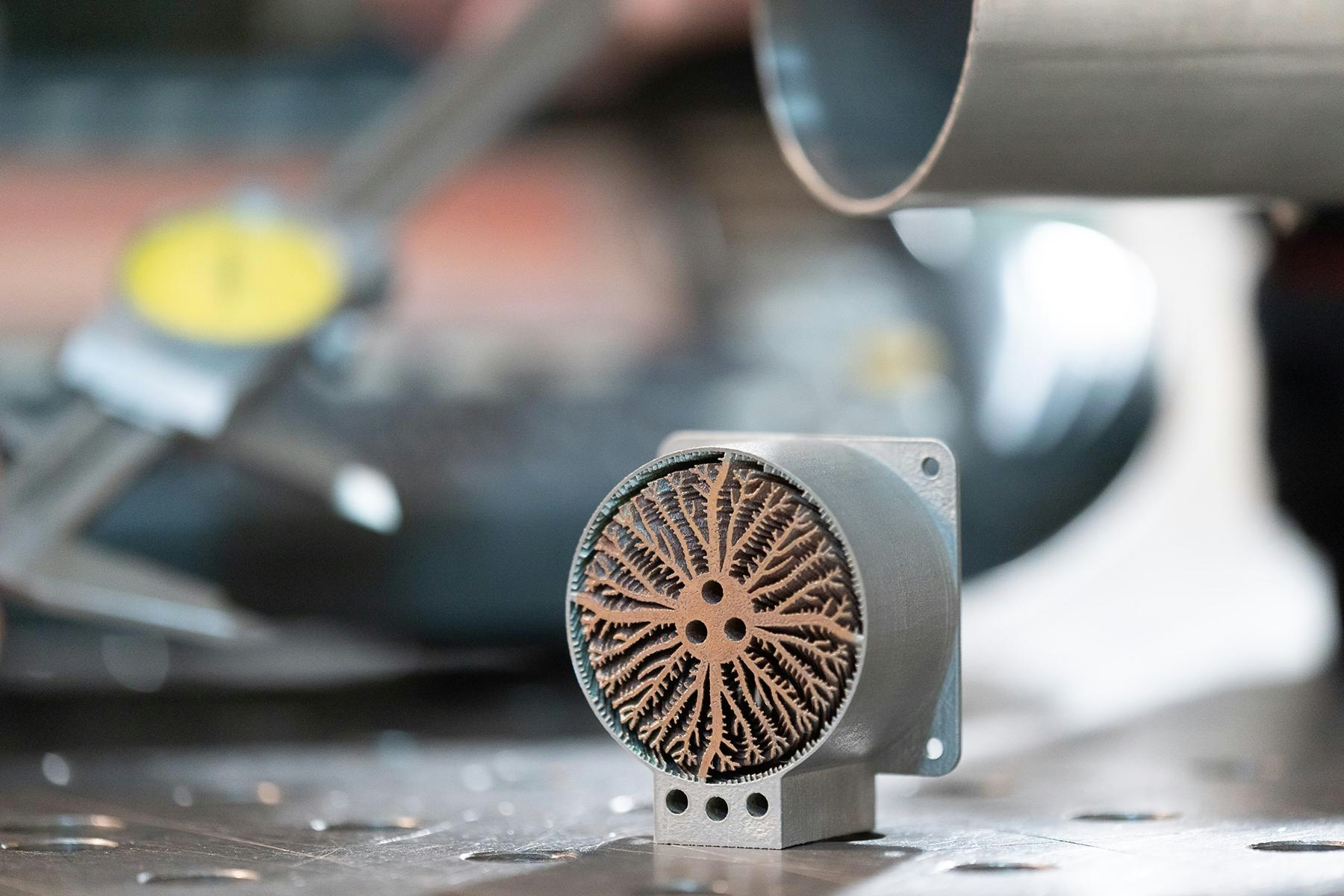
Additive Manufacturing Transforms the Aviation Titanium Alloy Supply Chain
The aviation sector has long relied on titanium alloys for their superior strength-to-weight ratio, corrosion resistance, and capacity to endure extreme temperatures. As aircraft designs increasingly emphasize fuel efficiency and durability, titanium alloys—particularly Ti-6Al-4V—have become indispensable in airframes, engines, and other critical components. For instance, Boeing’s 787 Dreamliner incorporates approximately 15% titanium by weight, while military aircraft such as the F-22 Raptor depend heavily on titanium to enhance both stealth capabilities and overall performance.
Traditional Supply Chain Challenges
The aerospace-grade titanium alloy supply chain has traditionally been intricate and inefficient. It encompasses multiple stages, including mining, processing, forging, machining, and stringent quality assurance, often distributed across several continents. Machining titanium from forged billets is notably wasteful, with material loss frequently exceeding 80%, which inflates costs and prolongs production timelines. Any delay within this multifaceted process can disrupt aircraft manufacturing schedules, underscoring the critical need for supply chain optimization among aerospace original equipment manufacturers (OEMs).
Additive Manufacturing: A Disruptive Force
Additive manufacturing (AM), commonly known as 3D printing, is revolutionizing the titanium alloy supply chain by fundamentally altering production methods. By constructing parts layer by layer from titanium powder, AM circumvents many traditional subtractive manufacturing steps. This technique can reduce material waste by up to 90% and significantly accelerate production cycles. Components that previously required months to fabricate, such as complex brackets, can now be produced within days. This rapid turnaround is especially advantageous for low-volume, high-complexity aerospace parts that demand swift, customized solutions.
Moreover, AM facilitates the creation of intricate geometries unattainable through conventional manufacturing. Technologies like powder bed fusion and direct metal laser sintering (DMLS) enable the fabrication of hollow or lattice structures that maintain structural integrity while reducing weight—an essential factor in enhancing aircraft fuel efficiency.
Challenges and Market Dynamics
Despite its transformative potential, the adoption of additive manufacturing faces considerable obstacles. The upfront investment in advanced AM equipment is substantial, and integrating these technologies into established supply chains presents operational complexities. Additionally, there is an increasing demand for specialized workforce training to proficiently operate and maintain sophisticated AM systems.
Market responses to these developments are already apparent. There is growing demand for innovative titanium alloys specifically engineered for additive manufacturing, providing early adopters with a competitive advantage. In turn, industry players are accelerating investments in AM capabilities, forging partnerships with advanced material suppliers, and developing proprietary technologies to strengthen their market positions.
The Road Ahead
As additive manufacturing technology continues to evolve, its influence on the aviation titanium alloy supply chain is poised to expand. While challenges persist, the potential benefits of reduced waste, expedited production, and enhanced design flexibility position AM as a pivotal force in aerospace manufacturing. Companies that effectively manage this transition are likely to secure significant gains in operational efficiency, innovation, and market competitiveness.
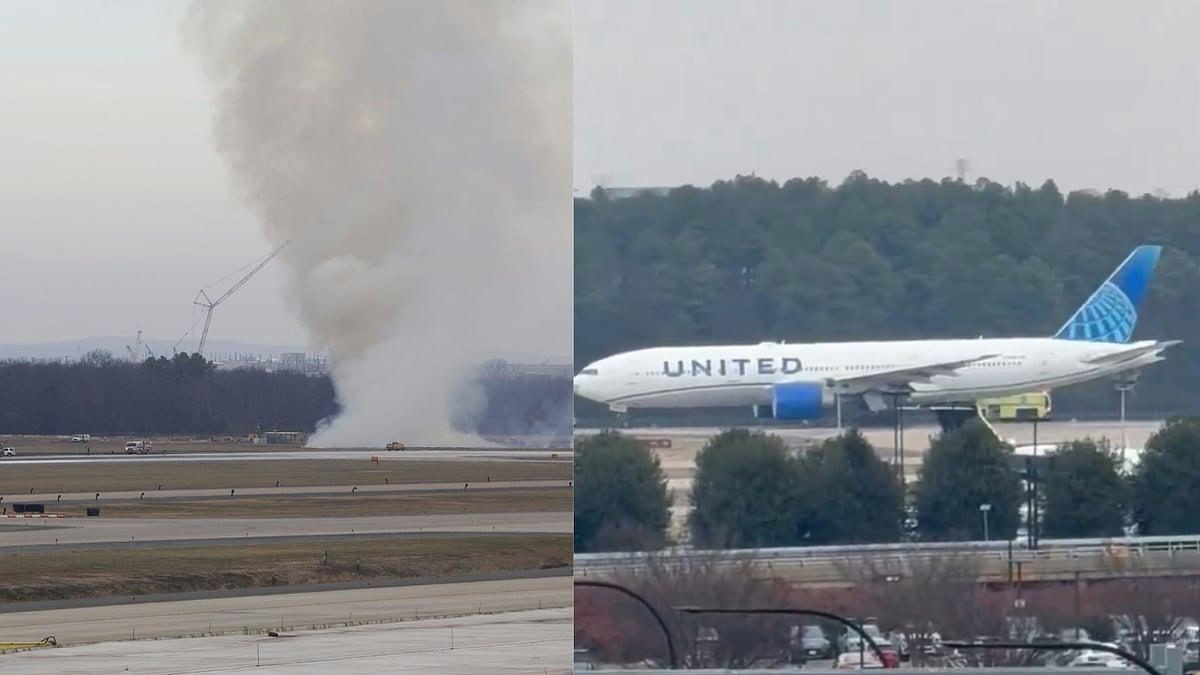
Boeing 777 Engine Failure Reported at Dulles Airport
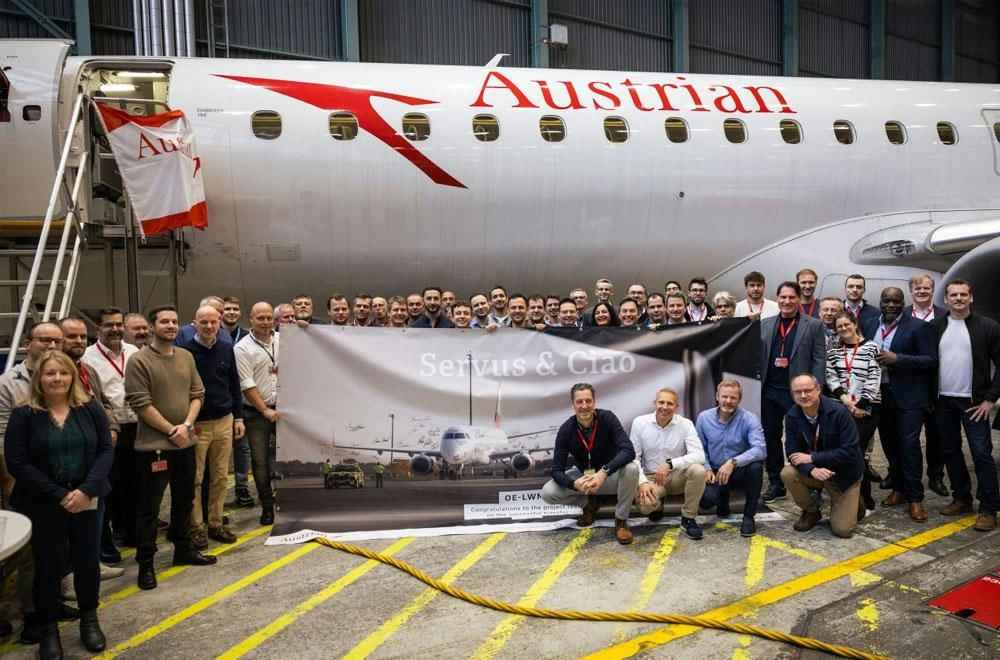
Austrian Airlines Transfers Embraer Fleet to Air Dolomiti
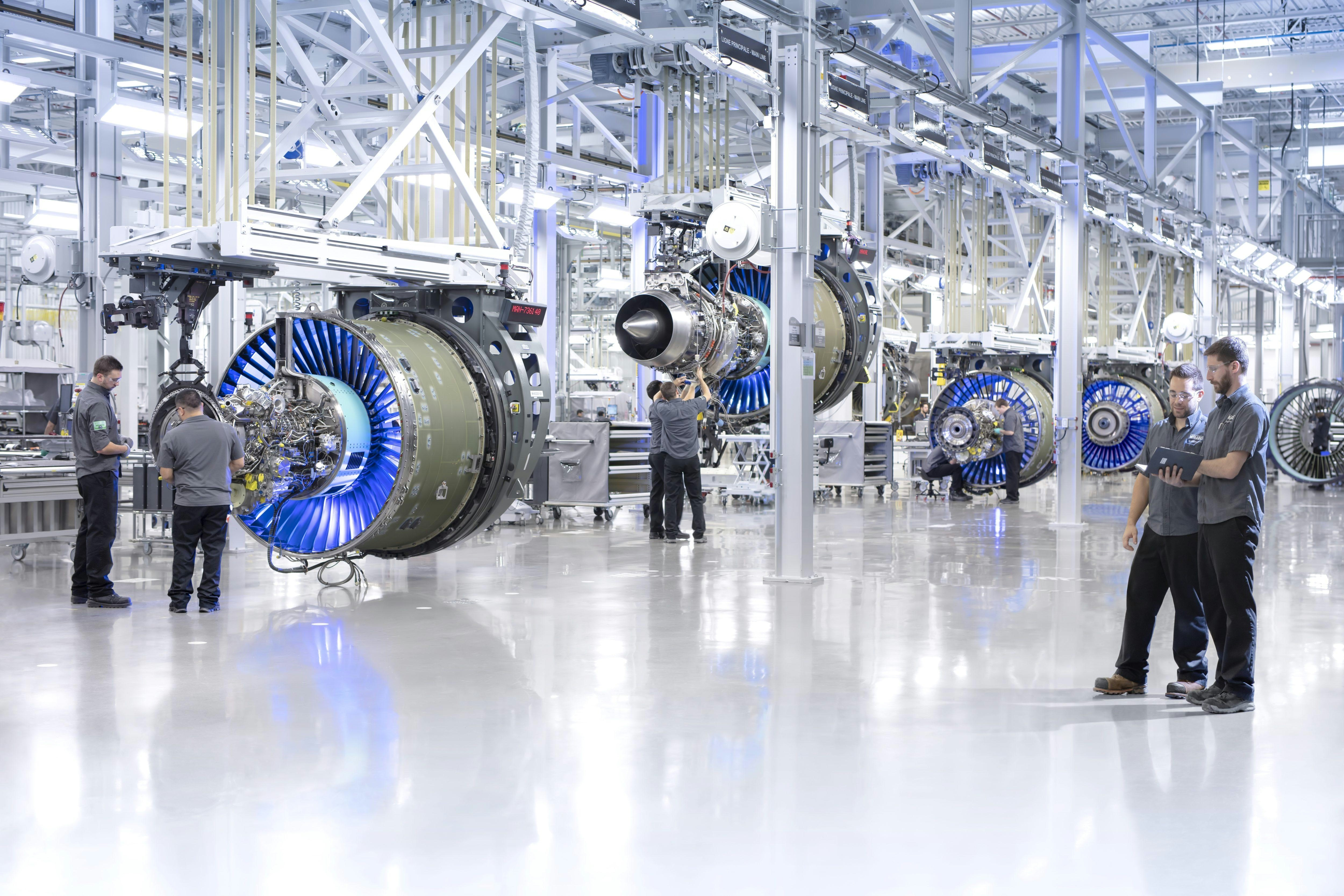
Airbus and Ingenium Open Aerospace Innovation Lab in Ottawa

Merlin Labs: AI Aviation Company with SPAC Downside Protection
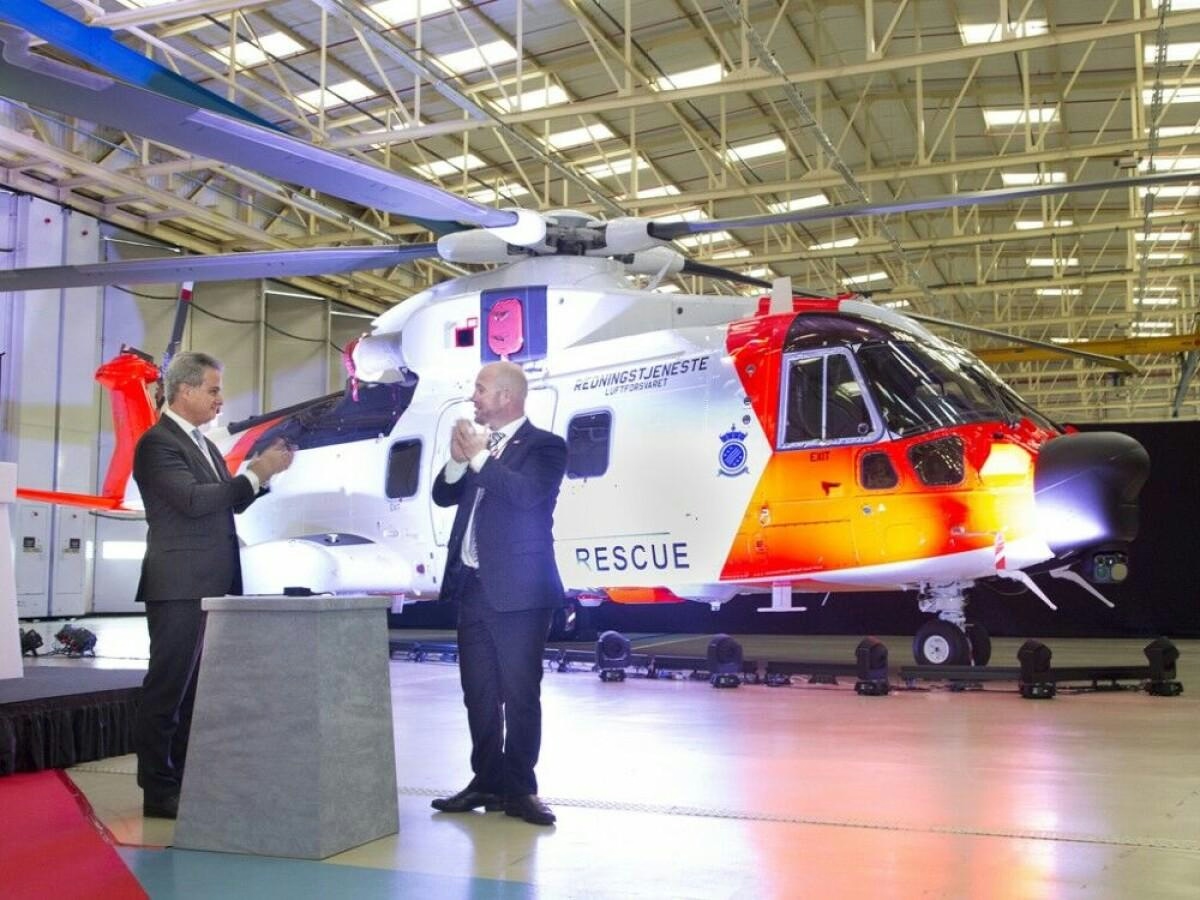
Heli-One Extends AW101 Search and Rescue Support in Norway

Falko Completes First Aircraft Sale in Japan

Joby Surpasses 50,000 Air Taxi Miles, Completes Fourth Global Demonstration
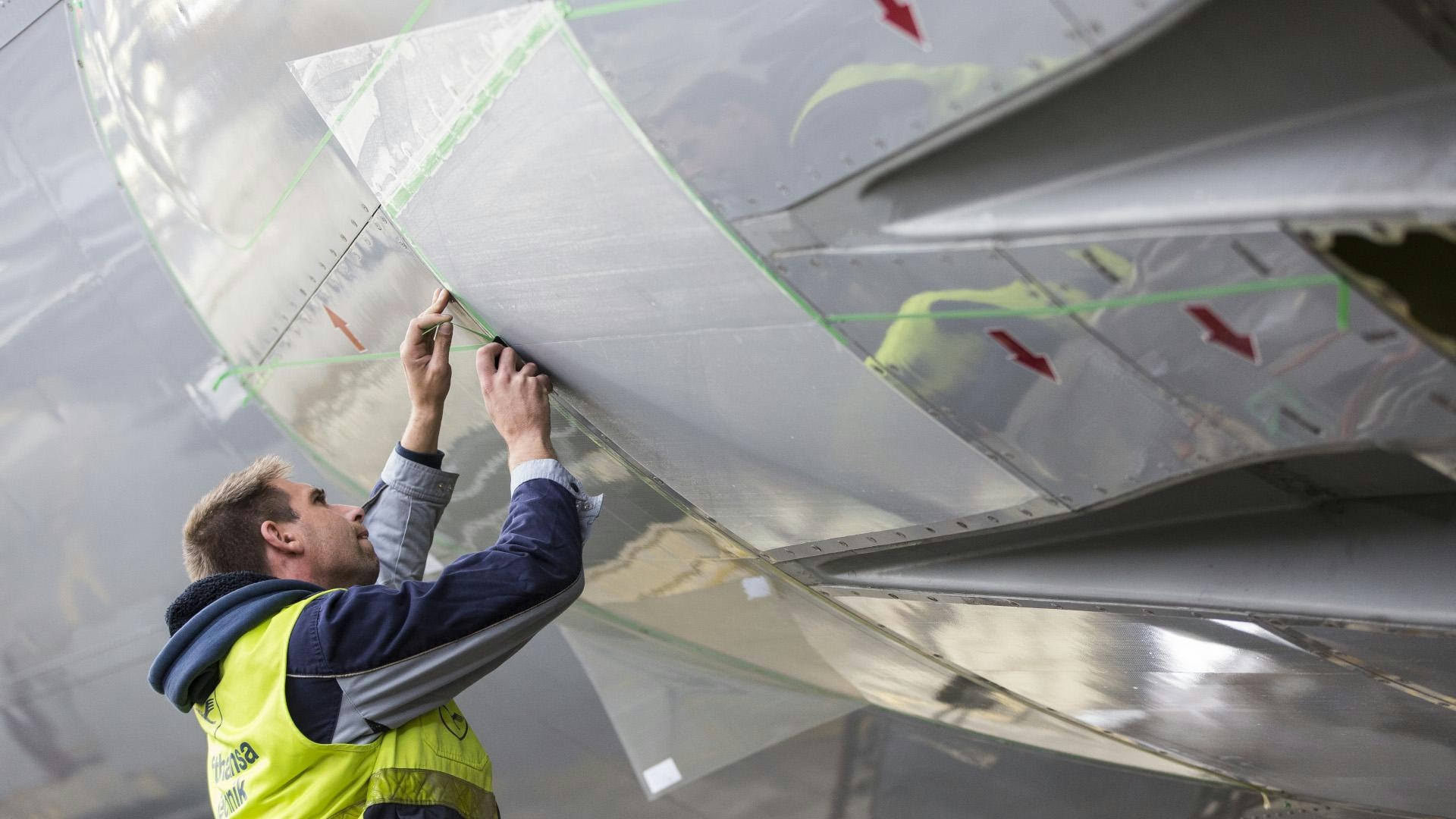
SWISS Renews Boeing 777 Component Support Agreement with LHT
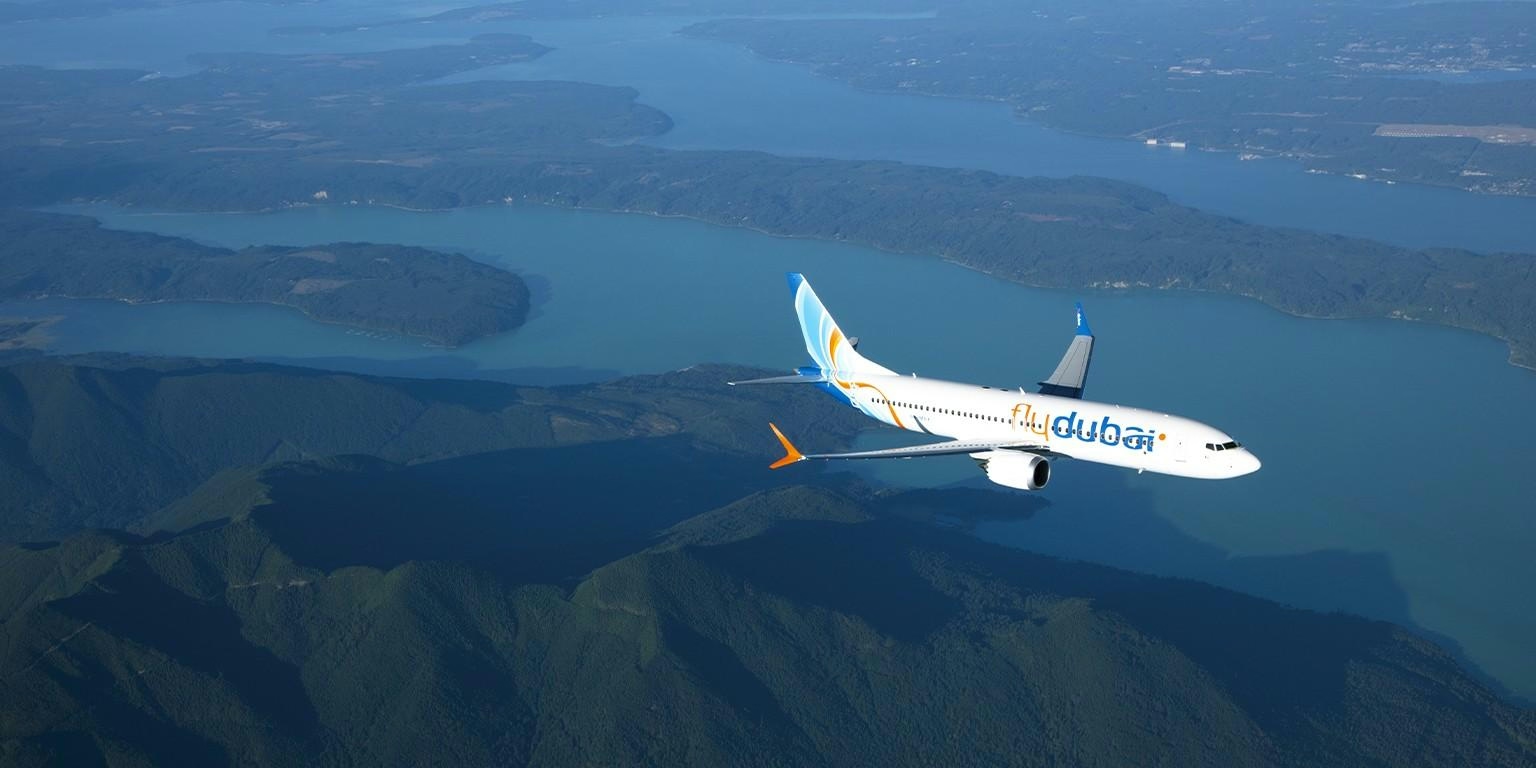
Flydubai Partners with Amazon Web Services to Enhance Digital Operations
